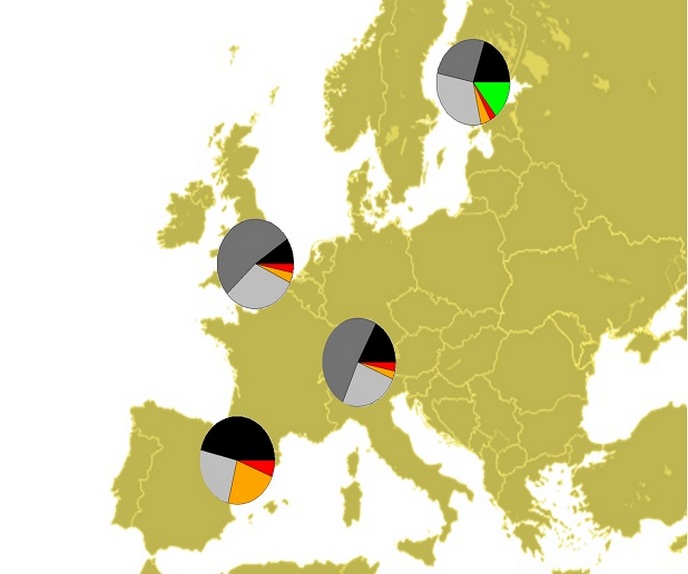Ensuring the safety of nano-based paint
Nanomaterials have revolutionised the functionalities attainable by numerous products across many industries. Within the housing sector, paints and coatings incorporate an increasingly high amount of ENPs. These increase resistance to ageing and add properties related to biocidal activity, air purification, thermal insulation and self-cleaning. People are exposed to such materials in large quantities and on large surfaces within their homes. Scientifically identifying potential exposure levels and hazards is therefore critical to human and environmental safety. Scientists working on the EU-funded project 'Life cycle of nanoparticle-based products used in house coating' (NANOHOUSE)(opens in new window) filled in data gaps. Researchers investigated some of the most commonly used ENPs in indoor and outdoor coatings and paints consisting of silver (Ag), titanium dioxide (TiO2) and silicon dioxide (SiO2). Experiments showed that very few single ENPs are released from paints even when subjected to hard abrasion and leaching. Under harsh conditions, they are primarily released still embedded in the paint matrix or in agglomerate form. Weathering results in the release of only a small amount of ENPs. ENP release is influenced by the binder used, meaning that new formulations could reduce release throughout the life cycle, including in a landfill scenario. Further, there was no significant release of ENPs into the environment under landfill conditions. This is because geomembrane lining systems in landfills effectively block release and there was no evidence of ENP release in fumes during incineration. The team employed cell cultures and in vivo testing to investigate toxicity following acute and repeated exposure. Although pristine ENPs show some toxicity, after ageing, ENPs released embedded in a paint matrix did not induce significant toxic effects. NANOHOUSE outcomes are expected to have important positive impact on sustainable building with solutions to enhance competitiveness while decreasing potential release of ENPs. Data will no doubt be an important input to the development of standardised testing and the certification of new products.







